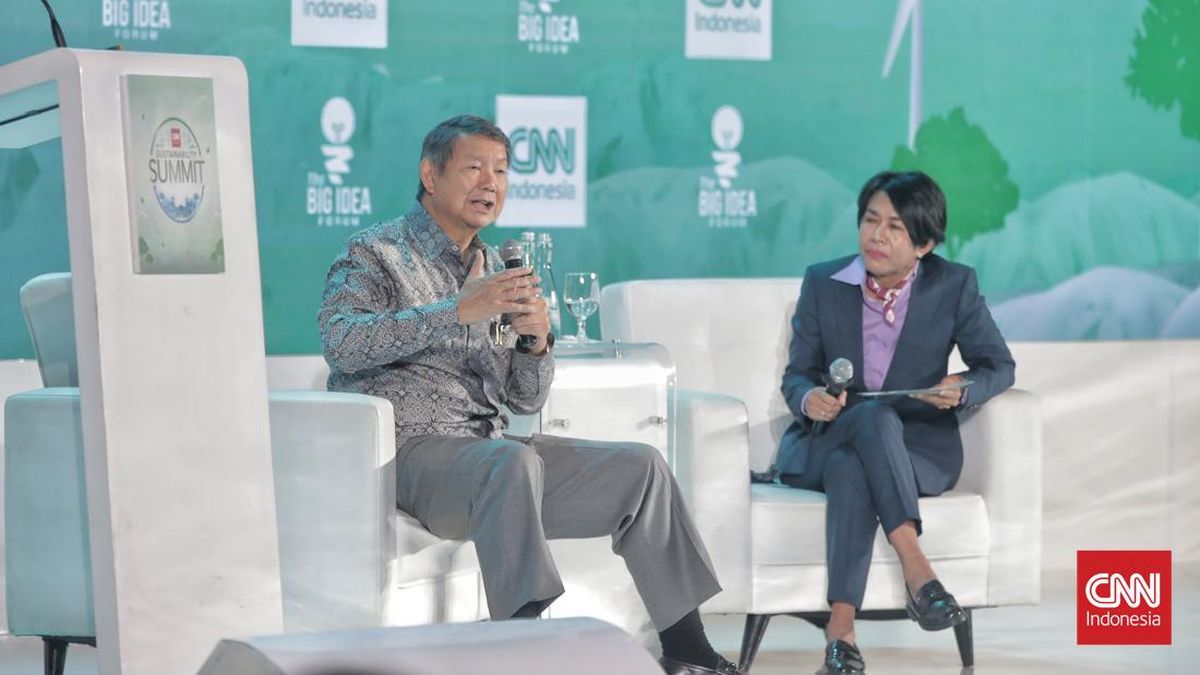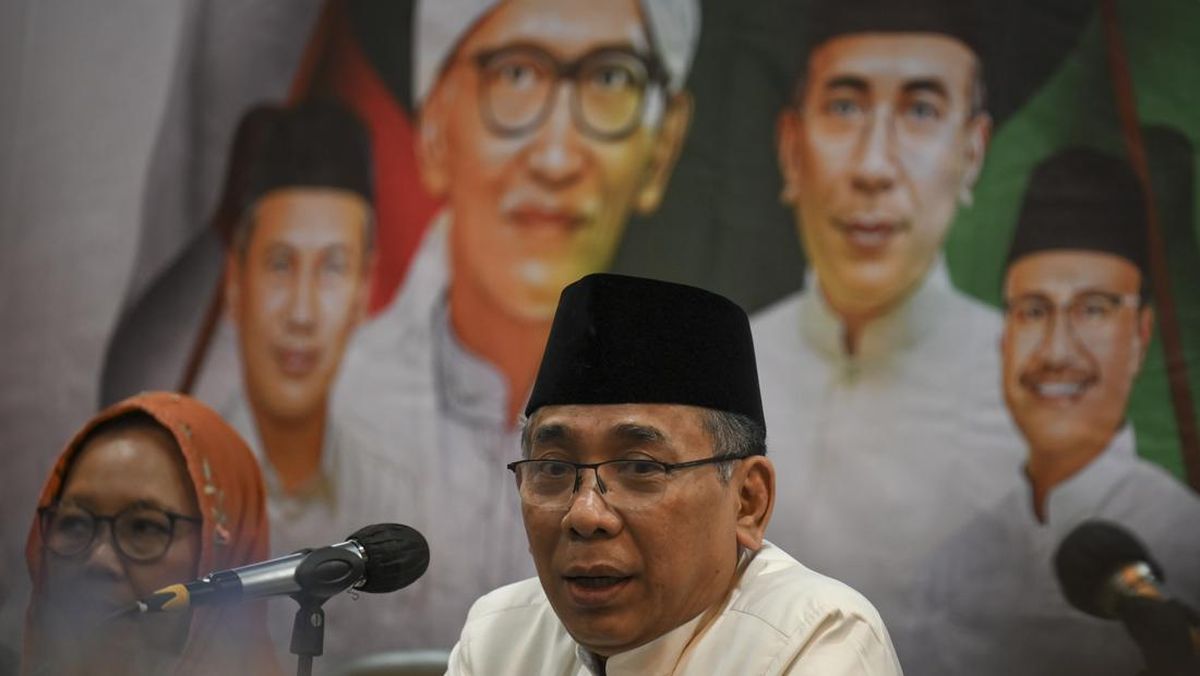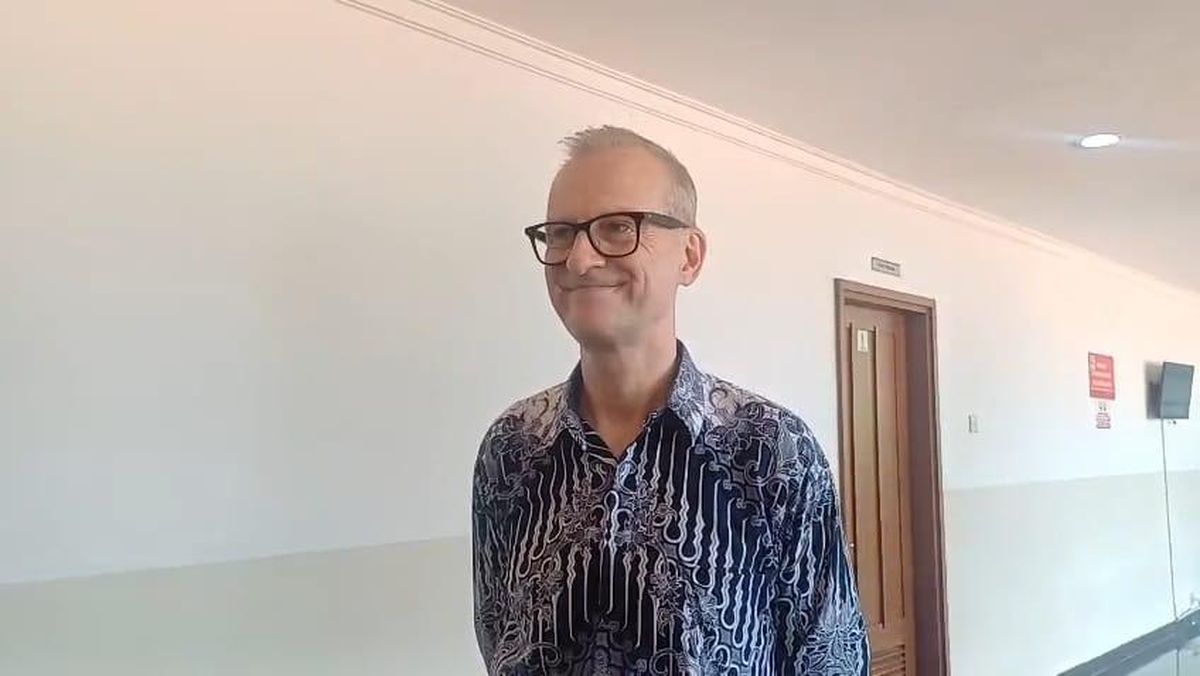The biggest annual drop in Australia’s greenhouse gas emissions outside the COVID-19 pandemic has been driven by record output from renewable energy that is squeezing more coal and gas out of the power grid.
The Albanese government on Wednesday seized the official figures showing a 2.2 per cent emissions drop in the year to June 30 as proof that its pro-renewable energy policies were working.

Record levels of renewable energy in the electricity grid are displacing coal and driving down emissions.Credit: Bloomberg
Labor has come under heavy criticism from the Coalition, which earlier this month dumped its support for Australia’s net zero emissions goal while insisting the government’s climate commitments are unachievable and are failing to reduce emissions.
Those attacks escalated after a 10-minute partial blackout in Parliament House during question time on Wednesday that prompted howls of laughter from the Coalition directed at Energy Minister Chris Bowen.
However, new data from the Department of Climate Change and Energy shows that emissions are down 2.2 per cent in the year to June 2025.
The emissions cuts are welcome news for the Albanese government, given emissions reduction has remained stalled at 28 per cent since June 2022, when Scott Morrison left office and Labor was elected.
Emissions fell sharply from 2020 during the COVID-19 pandemic, which forced lockdowns across the country and lowered major sources of pollution like transport and industry for nearly two years. When lockdowns were lifted at the end of 2021, economic activity bounced back and drove emissions up.
Australia is committed to reducing its emissions, based on 2005 levels, by 42 per cent in 2030 and by at least 62 per cent by 2035.
Bowen said the biggest drivers of emission cuts came from growing supplies of renewables, coupled with limits on big polluting factories and mines under the government’s safeguard mechanism policy.
Loading
“We are on track to bring down energy bills and meet our climate targets if we stay the course and continue to lift our efforts,” Bowen said.
Underlining the renewable growth, electricity sector emissions decreased 3.3 per cent over the year to June 2025 due to record renewables, with strong solar and wind generation growth.
However, transport remains a problem for the government, with the sector’s emissions up 0.3 per cent, with increases in diesel fuel consumption for road transport and domestic aviation.
Loading
The share of electricity generated from sun, wind and water is expanding each year in Australia, and is now at roughly 40 per cent. Billions of dollars are pouring into household and grid-scale renewable energy and storage assets such as batteries, while the giant coal-fired power plants that have been the backbone of the grid for decades are nearing the end of their lives and bringing forward their closure dates.
However, the clean energy rollout has been lagging the pace officials deem necessary to reach the Albanese government’s target for renewables to make up 82 per cent of the grid by 2030. Project developers have been running into rising costs, lengthy approval processes, community pushback and a lack of new power lines to connect to cities.
Cut through the noise of federal politics with news, views and expert analysis. Subscribers can sign up to our weekly Inside Politics newsletter.
Most Viewed in Politics
Loading


















































